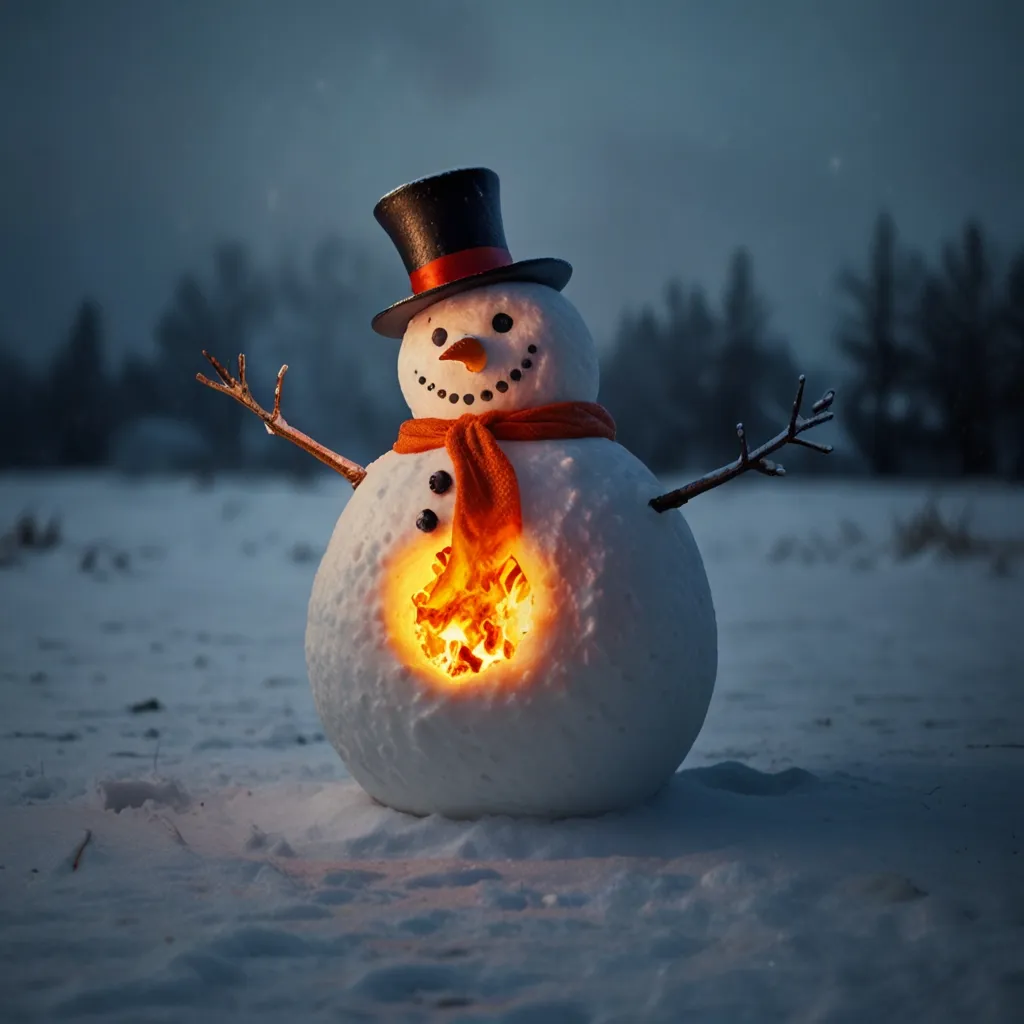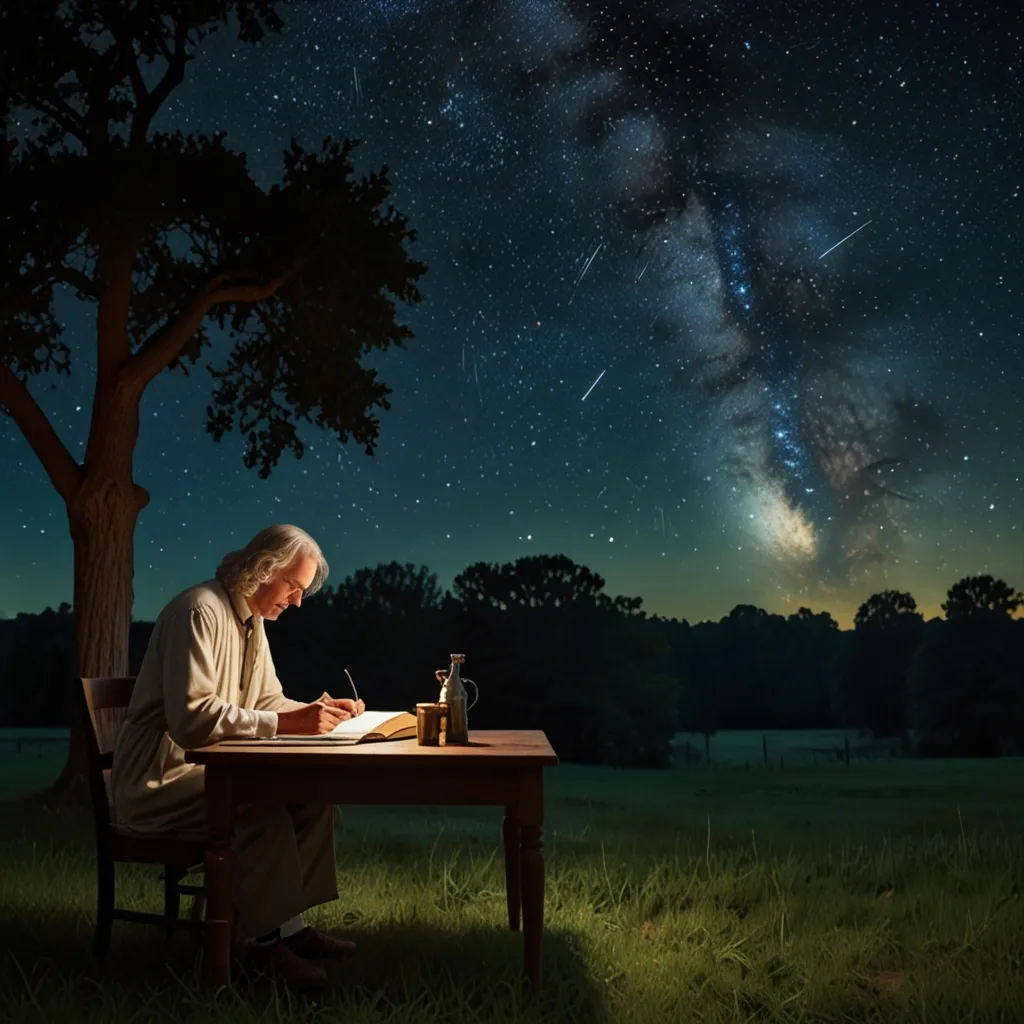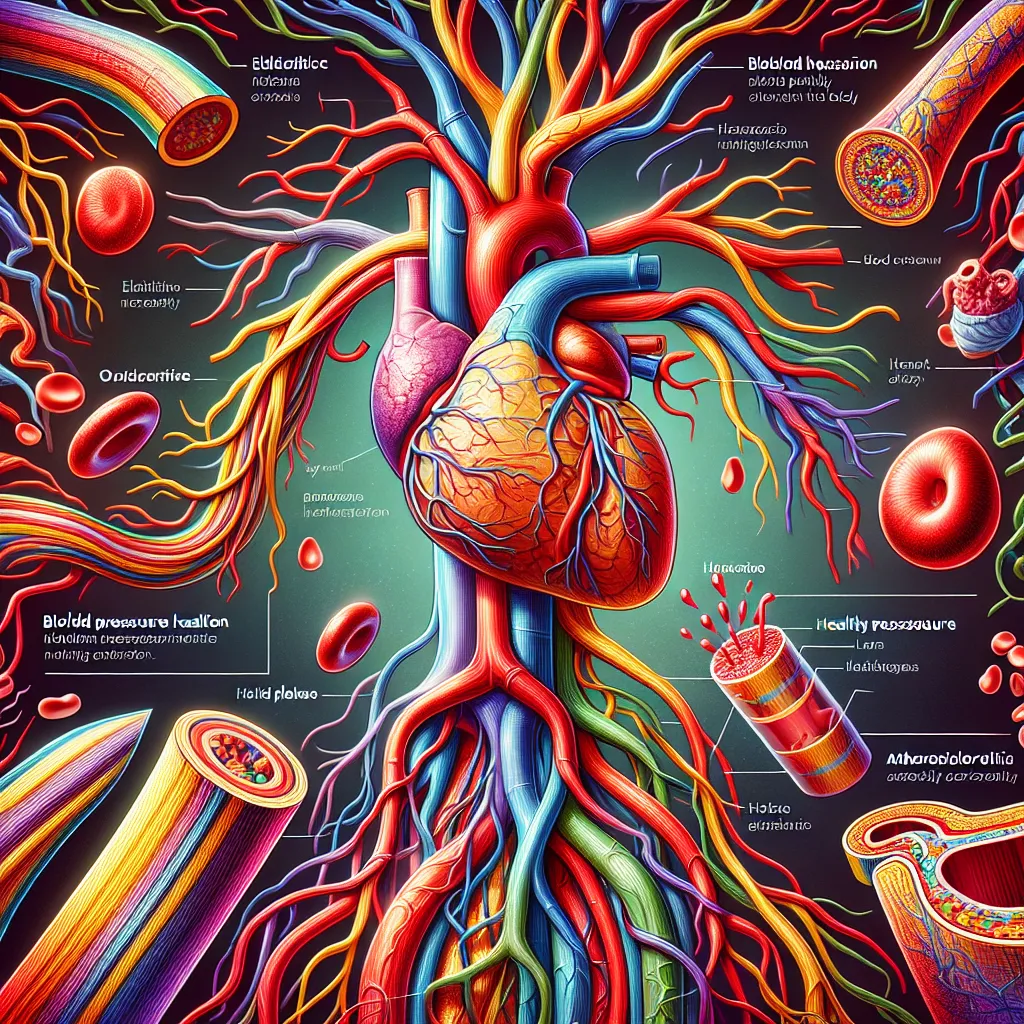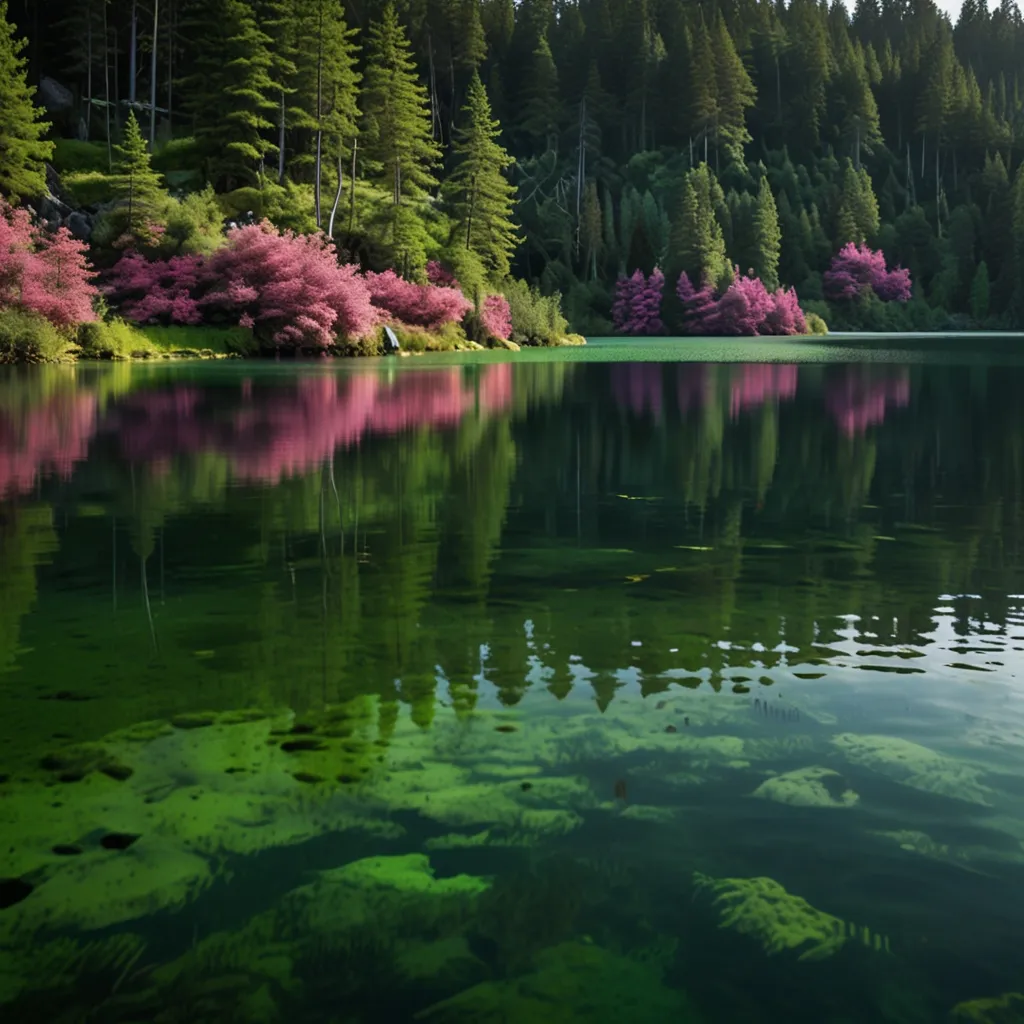Alright, buckle up for a wild ride through the world of exploding snowmen! You heard that right – we’re talking about melting these frosty fellows in the most spectacular way possible. It’s like a winter wonderland meets mad science experiment, and trust me, it’s as cool as it sounds.
So picture this: two innocent-looking snowmen, crafted with love using chicken wire and fluffy cotton wool. They’re sitting there, all cute and festive, totally unaware of the fiery fate that awaits them. But here’s where things get crazy – we’re not just gonna let these guys melt naturally. Oh no, we’re kicking it up a notch with some seriously dangerous chemicals.
Now, I can’t stress this enough – DO NOT try this at home, folks. We’re talking about a mixture of carbon disulfide and white phosphorus. This stuff is no joke. It’s the kind of concoction that would make even the most daring chemist think twice.
The plan? Pour this lethal cocktail over our unsuspecting snowmen and watch the fireworks. But here’s the kicker – once this stuff ignites, there’s no putting it out. It’s like trying to stop a freight train with a feather. Ain’t happening.
So, with nerves of steel (and maybe a touch of insanity), we carefully pour this volatile mix into glasses. The smell? Let’s just say it’s not something you’d want as an air freshener. It’s more like “Eau de Chemistry Lab Disaster.”
Now comes the waiting game. We’ve doused our snowmen in this fiery brew, and we’re standing back, hearts racing, wondering when the show will start. It’s like waiting for popcorn to pop, except instead of a tasty snack, we’re expecting a mini inferno.
Minutes tick by. Five… six… seven… The anticipation is killing us. Will it work? Did we mess something up? Should we poke it with a stick? (Spoiler alert: definitely don’t poke it with a stick.)
Then, just as we’re starting to think our snowmen might be fireproof, BOOM! Well, not really a boom, more like a “whoosh.” The carbon disulfide evaporates, leaving behind the white phosphorus. And let me tell you, this stuff doesn’t mess around. It starts smoking, and before you can say “Frosty the Fireman,” our snowmen are going up in flames.
But here’s the coolest part – it doesn’t just burn in one spot. Oh no, this fire traces around the entire snowman like some kind of magical, terrifying connect-the-dots game. In seconds, our winter wonderland has turned into a blazing spectacle.
It’s simultaneously awesome and slightly terrifying. I mean, on one hand, you’ve got this incredible chemical reaction happening right before your eyes. It’s like the ultimate science fair project gone wild. On the other hand, you’re acutely aware that this same reaction could turn you into a human torch if you’re not careful.
As the flames dance around our once-fluffy snowmen, you can’t help but feel a mix of excitement and respect for the raw power of chemistry. It’s a stark reminder of how seemingly innocent substances can become downright dangerous when combined in the right (or wrong) way.
And let’s be real for a second – while this experiment is undeniably cool, it’s also a perfect example of why chemistry should be left to the professionals. We’re talking about substances that spontaneously combust when exposed to air. That’s not the kind of thing you want to mess around with unless you really know what you’re doing.
But back to our flaming snowmen. As they continue to burn, you can’t help but appreciate the irony. These symbols of winter, usually associated with cold and ice, are now beacons of heat and fire. It’s like Mother Nature decided to flip the script and give us a summertime show in the middle of winter.
The heat radiating from these burning snowmen is intense. It’s almost comical how quickly we went from shivering in the cold to feeling like we’re standing next to a bonfire. Who needs a space heater when you’ve got phosphorus-powered snowmen, right?
As the flames start to die down, we’re left with the charred remains of our festive friends. It’s a bittersweet moment. On one hand, we’ve just witnessed an incredible display of chemistry in action. On the other, we’ve basically just committed snowman murder. I hope Frosty isn’t the vengeful type.
But jokes aside, this experiment is a powerful reminder of the incredible forces at work in the world around us. It’s easy to take for granted the complex chemical reactions that happen every day, often without us even noticing. But when you see something like this – a controlled (well, mostly controlled) demonstration of chemical energy – it really drives home how amazing and potentially dangerous these reactions can be.
It’s experiments like these that inspire the next generation of scientists and engineers. Sure, most kids won’t be setting snowmen on fire anytime soon (at least, we hope not), but seeing chemistry in action like this can spark a lifelong passion for science. It’s the kind of thing that makes you look at the world differently, wondering what other incredible reactions might be happening right under our noses.
And let’s not forget the practical applications of understanding these reactions. While we’re using them to create a spectacular show, similar principles are used in everything from developing new materials to creating safer, more efficient energy sources. It’s a reminder that even the most dramatic and dangerous reactions can have incredibly useful applications when harnessed correctly.
As the last embers of our snowmen fade away, we’re left with a sense of awe and a healthy respect for the power of chemistry. It’s been a wild ride, from innocent-looking snowmen to a fiery spectacle that would put most fireworks displays to shame.
So what have we learned from our exploding snowmen adventure? First and foremost, chemistry is cool. Like, really cool. It’s the kind of stuff that can turn a ordinary winter day into an unforgettable experience. But we’ve also learned that with great power comes great responsibility. These aren’t the kind of experiments you want to try without proper knowledge and safety precautions.
In the end, our flaming snowmen were more than just a spectacular show. They were a vivid demonstration of the incredible forces at work in the world around us. They reminded us to look at the world with curiosity and wonder, always asking questions and seeking to understand the how and why of things.
So the next time you build a snowman, maybe take a moment to appreciate the complex chemistry that makes snow possible in the first place. And if you’re feeling the urge to spice things up, maybe stick to a carrot nose and coal eyes. Leave the phosphorus to the professionals – trust me, your eyebrows will thank you.






